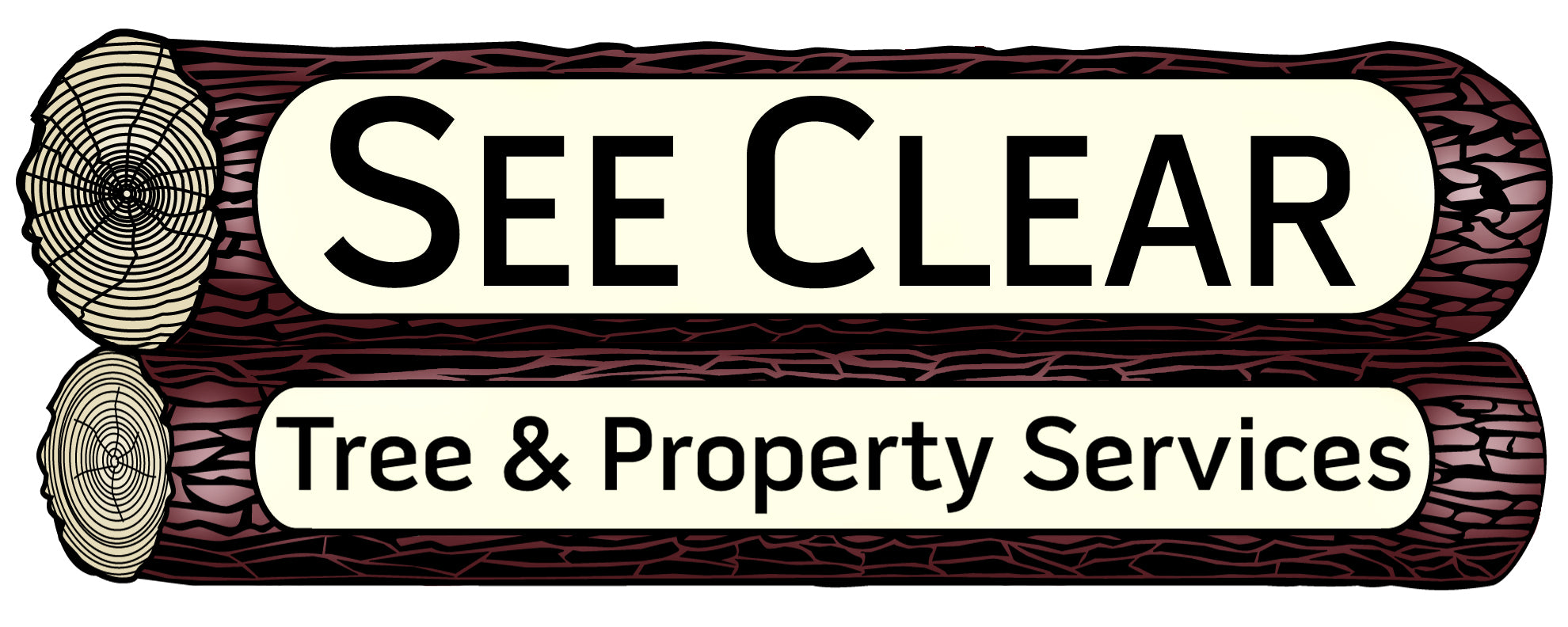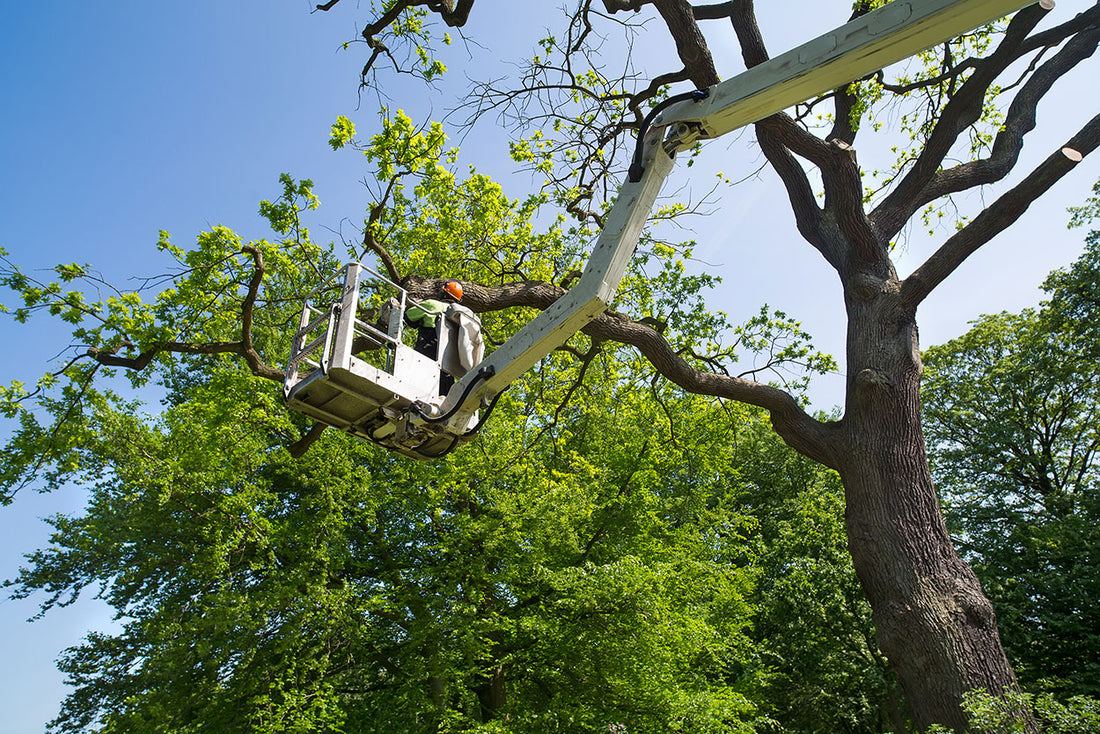A Comprehensive Guide To Tree Pruning
Proper care and maintenance of trees is an essential aspect of preserving their health, aesthetics, and ensuring safety. One such maintenance practice that is pivotal to tree health is pruning. This comprehensive guide will delve into the importance and benefits of routine tree pruning and how it contributes to tree maintenance and safety.
Understanding Tree Pruning: The Basics
Pruning, at its core, involves the selective removal of certain parts of a tree or plant, like branches, buds, or roots. The primary reasons for pruning are to remove deadwood, shape the tree, and enhance its health. Regular pruning also ensures safety by removing weak branches that might fall and cause injury or damage during severe weather.
The Significance of Pruning: Nurturing Growth and Ensuring Safety
Pruning plays an essential role in the overall growth and structure of the tree. It helps direct the tree's growth and can even influence how it grows. By employing correct pruning techniques, a tree can be guided to develop a specific arrangement of limbs and branches that is not solely visually pleasing but also advantageous for the tree's overall structural strength.
Preserving the tree's structural integrity goes a long way in reducing the potential for fractured limbs and falling branches. A tree that has undergone appropriate pruning will avoid having weak branch structures and imbalanced weight distribution, factors that might result in unfortunate consequences as the tree matures over time.
Timing is Important: The Ideal Pruning Season
Contrary to popular belief, spring and fall are not great times to undertake major pruning projects. Yes, people often choose to prune trees during these times. However, this timing does cause additional stress and makes trees more susceptible to insects and disease. In short, spring and fall pruning carry higher risks. It is essential to note that major pruning, besides removing dead branches and emergency branch removal, should be done mid-summer or winter. During these periods, trees are the least susceptible to the potential harm that could arise from pruning. Like any other living entity, trees are susceptible to stress, and removing their branches does indeed inflict a degree of injury and stress upon them. However, when the tree is dormant, insects and fungi are less likely to colonize and damage the tree.
The Pruning Paradox: Less is Best
It pays to be strategic! Pruning contributes to a tree's health and safety, yet it's essential to exercise restraint. The guiding principle is to trim as minimally as necessary to attain the intended outcome. It's advisable to avoid removing more than ¼ of a tree's crown since this region harbors most of its leaves and obtains most of its energy. Pruning beyond this limit risks causing severe harm to the tree by depleting its resources too abruptly.
Professional Pruning: Get the Job Done Right
While tree pruning might seem simple, it is best left to the professionals, especially for large, mature trees. A certified arborist is your best bet if you want the job done correctly and safely the first time.

